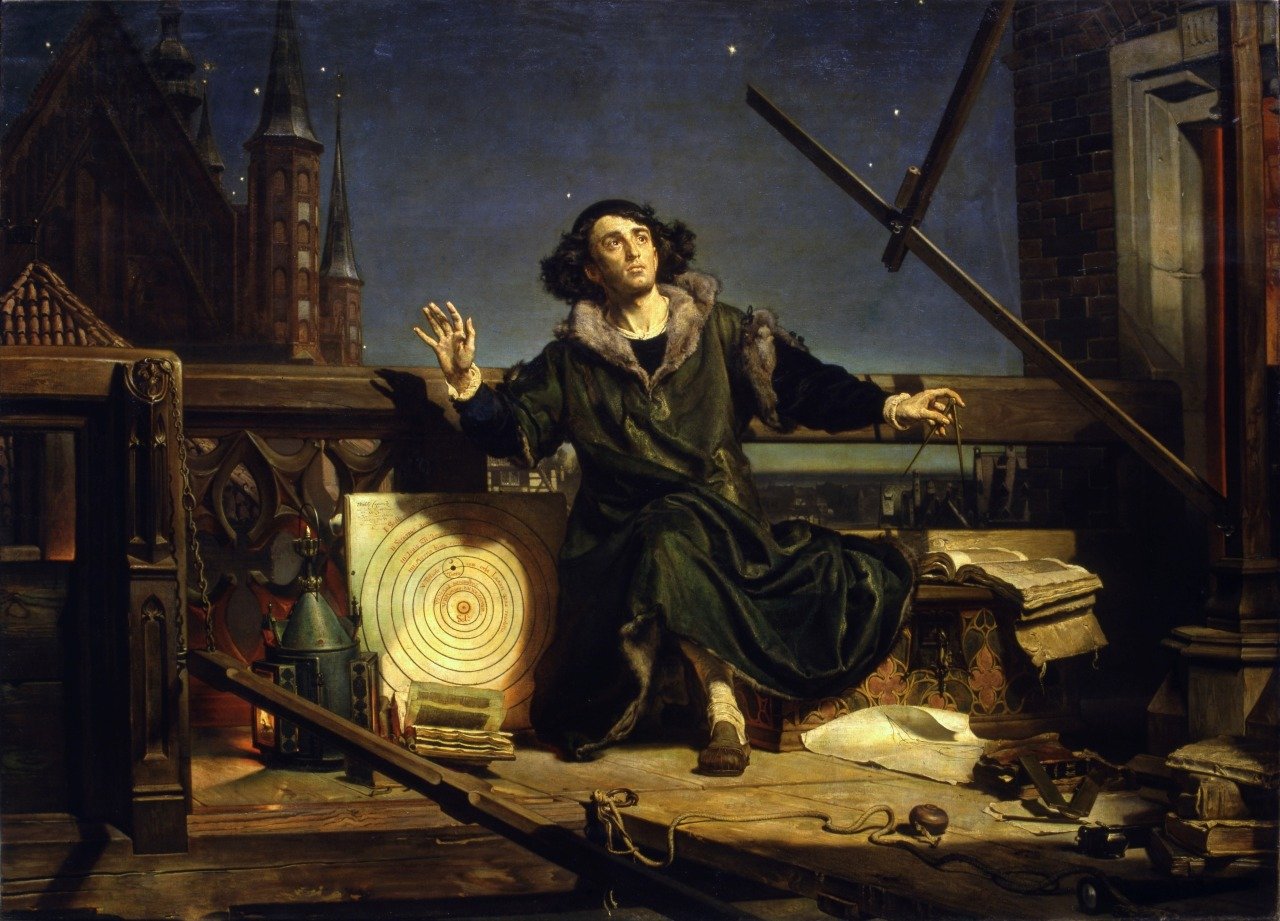It still boggles my mind that for the majority of its' history, astronomy did not have the telescope as a tool, and Copernicus was in the final stage of this long era, using nothing but angle measurements with quadrants or sextants, tracking the movement of the planets across the sky to ever finer and finer precision, putting the observations to paper like a spreadsheet with quill and ink, one night at a time.
Working with the night sky observations of Arab astronomers in Andalucía decades or even centuries past, with this incomplete patchwork of past and current data taken at different parts of the world, Copernicus was able to adjust and fill in the blanks, observe the mathematical movements of the planets and arrive at the true geometries of our Solar System.
Incredible. Just incredible.

